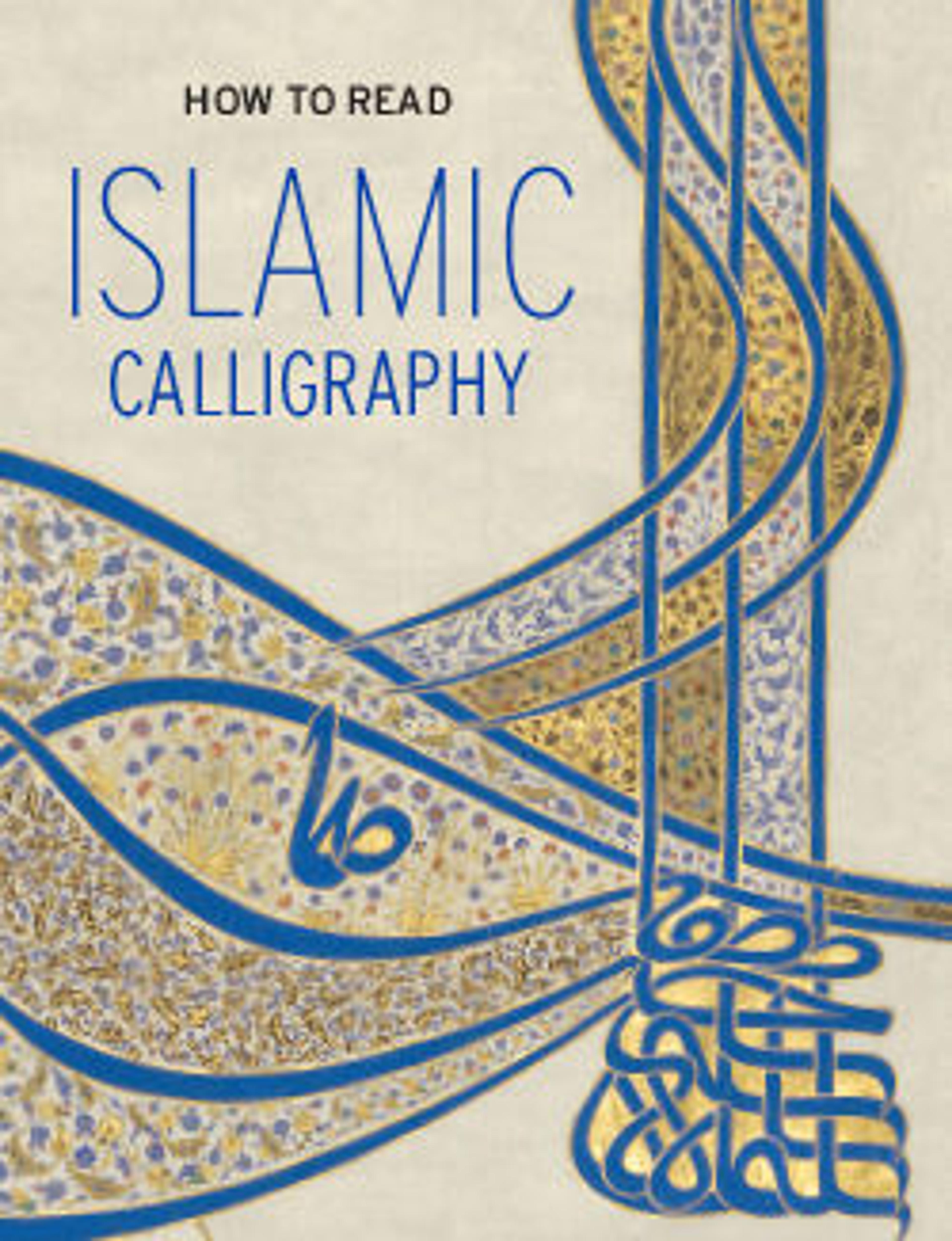Folio from the "Qur'an of `Umar Aqta'
Artwork Details
- Title: Folio from the "Qur'an of `Umar Aqta'
- Calligrapher: `Umar Aqta'
- Date: late 14th–early 15th century (before 1405)
- Geography: Made in present-day Uzbekistan, Samarqand
- Medium: Ink, opaque watercolor, and gold on paper
- Dimensions: H. 9 1/2 in. (49.5 cm)
W. 43 5/8in. (110.8cm) - Classification: Codices
- Credit Line: Gift of Samuel T. Peters, 1918
- Object Number: 18.17.1
- Curatorial Department: Islamic Art
Audio
6671. Folio from the "Qur'an of 'Umar Aqta"
SHEILA CANBY: Hello, I'm Sheila Canby. I am the Curator in Charge of the Department of Islamic Art. This piece of calligraphy comes from an enormous Qur'an that was… thought to have been made in Samarkand for either Tamerlane -- Timur -- or his grandson, Baysungur. We actually now know that its scribe, or the person who copied it in this majestic Muhaqqaq script, was someone named Umar Akta. And he would have used a reed pen, not a brush, and that adds to the control, because you can notice at the end of the letters there's a very sharp angle of the long letters that is… made possible by the reed pen. He was supposed to have wanted to please… Timor, by producing such a tiny little Qur'an, a complete Qur'an. It was so tiny that it could fit underneath the seal of Timur's ring. Well, Timur, who had grandiose visions in many ways and directions, was not at all impressed. So then Umar Akta decided that in order to impress Timur, he would make the largest Qur'an that one could imagine. We know that it was made originally probably to go with the grand mosque that Timur constructed in Samarkand. And it also is one of the most distinctive Qur'ans in all of Islamic art.
More Artwork
Research Resources
The Met provides unparalleled resources for research and welcomes an international community of students and scholars. The Met's Open Access API is where creators and researchers can connect to the The Met collection. Open Access data and public domain images are available for unrestricted commercial and noncommercial use without permission or fee.
To request images under copyright and other restrictions, please use this Image Request form.
Feedback
We continue to research and examine historical and cultural context for objects in The Met collection. If you have comments or questions about this object record, please contact us using the form below. The Museum looks forward to receiving your comments.
